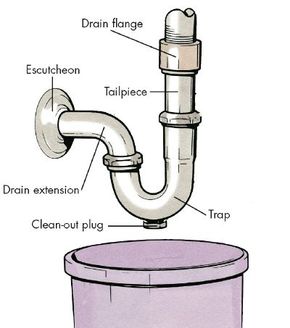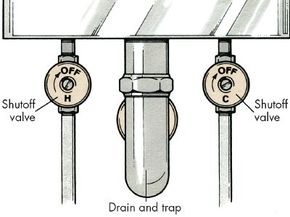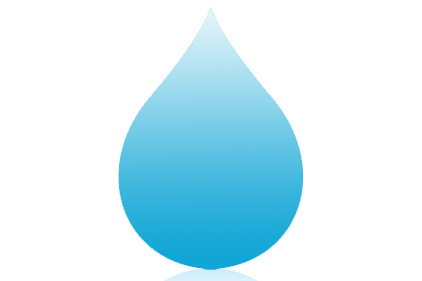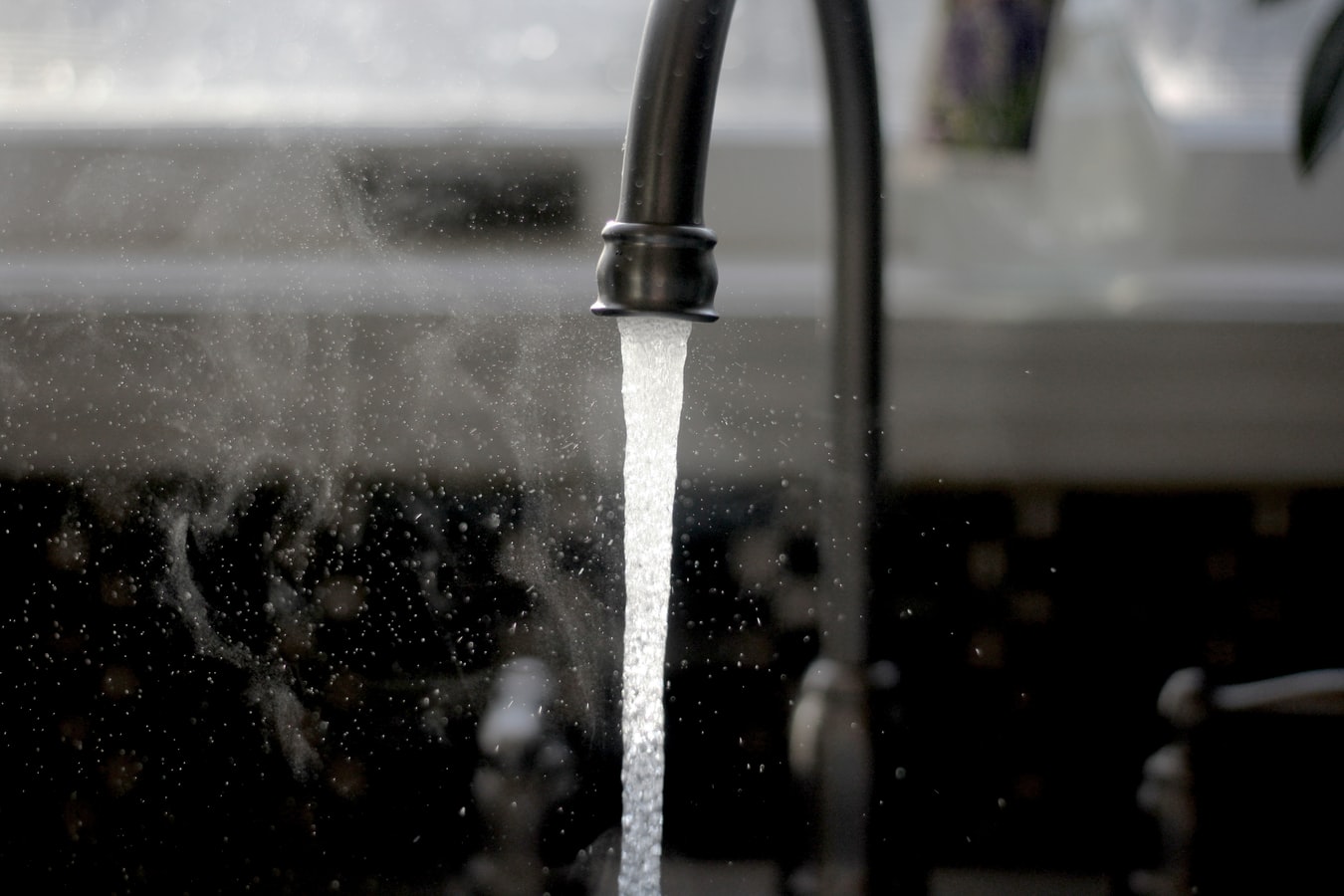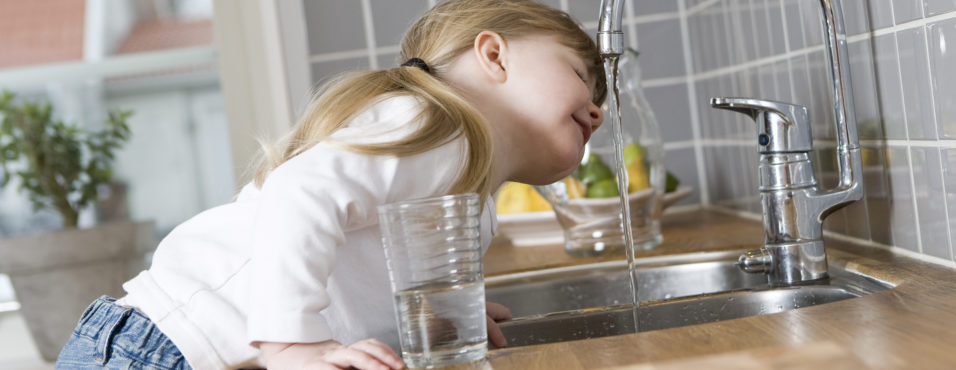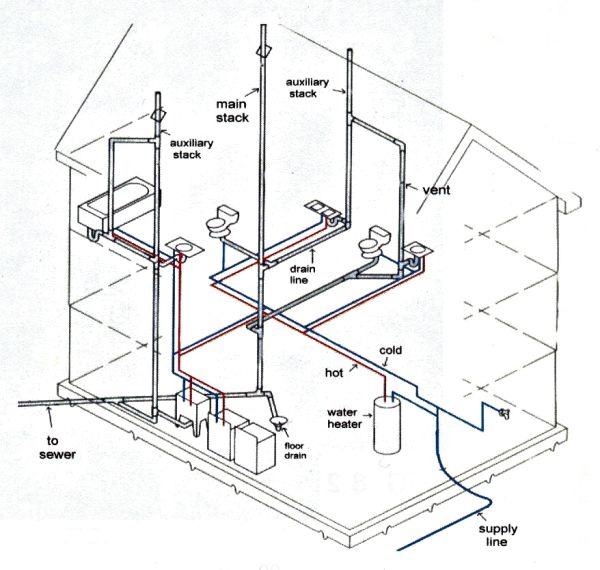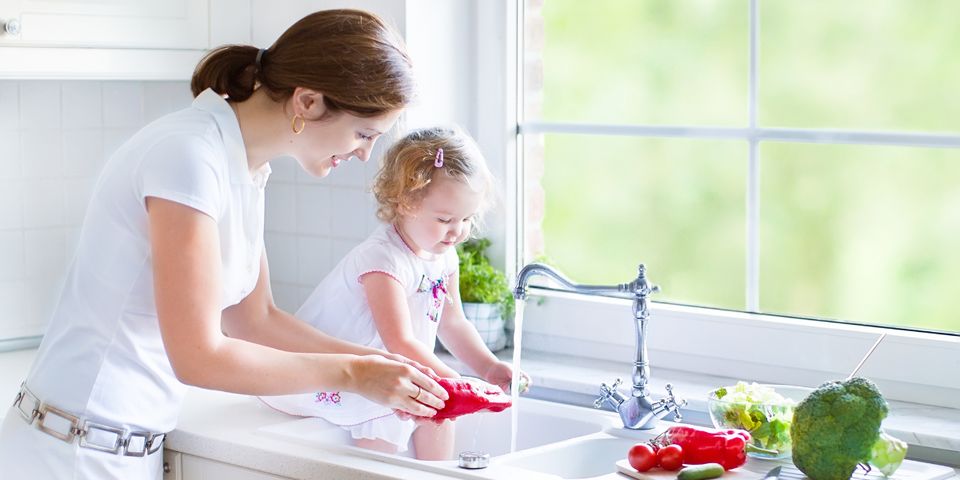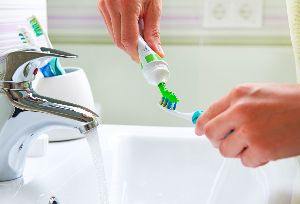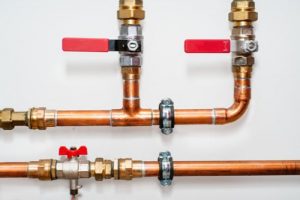16 Super Easy DIY Home Improvement Ideas
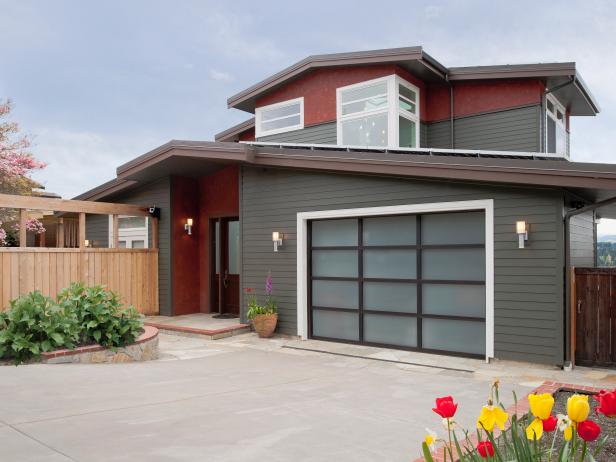
Ever wished that you could give your home a new look without the extensive cost and time of a complete renovation? Well if you’re willing to put in a little bit of work, there are plenty of DIY home improvement projects you can undertake that will help transform your space—no contractor required.
The key to choosing the perfect DIY home improvement task is to focus first on what you’re trying to accomplish and then consider how much time you want to spend doing it. While all of these projects are easy to complete, some are more time intensive than others so you want to be sure that you know what you’re getting into when you get started. On the bright side: none of these projects should take you more than a weekend or two, and many of them can be done in just a couple of hours or less.
Tools ready? Here are 16 DIY home improvement ideas for upgrading your home without the losing your mind (or your savings).

-
Swap out dated fixtures
It’s amazing what a new fixture can do for a room. Ditch those frosted glass pendants in the kitchen for contemporary glass globe fixtures complete with Edison bulbs; hang a chandelier above the master bed; get rid of your old ceiling fans and replace them with fans that are more modern and efficient. As long as you already have the wires in place, swapping in new light fixtures is a fast project that brings a major improvement to any room.
-
Go for a yellow glow
Speaking of light fixtures, you can completely change the ambiance in your home for the better simply by replacing any harsh white bulbs with calming yellow ones. Be sure to opt for LEDs so that your new bulbs last for a long time. Another way to maximize your home’s inner glow: install dimmers in place of existing light switches so that you can set the brightness in each room depending on your mood and the time of day.
-
Maximize the utility of unused corners with shelving
We all have corners in our homes that we don’t quite know what to do with. One easy DIY solution: install some simple floating shelves, which give you more storage space and look great at the same time. It requires a bit of woodwork, but it’s worth it to take a previously unused corner and turn it into a statement corner.
-
Hack your furniture
If you’re sick of your old furniture but don’t want to spring for the cost of replacements, go with the next best thing and upgrade your existing pieces. There are a ton of creative options for giving new life to old furniture, including painting, reupholstering, and using adhesive contact paper to add shapes and designs.
-
Bring the outside in
Few things have the power to update bland or dated spaces like plants and flowers. Even the most simple of potted plants freshen the air and add a dose of happiness and vitality to any room. If you have more of a black thumb then a green one, start easy by choosing a durable plant that is tough to kill. You can even game the system by choosing to go with faux-greenery or flowers, just be sure to purchase high-quality ones so they don’t look overtly fake.
-
Put on a fresh coat of paint
When it comes to DIY home improvement projects, few things update your space more dramatically than a couple coats of paint. Embrace a pop of color with an accent wall in your living room or bedroom; make a statement with a painted ceiling; paint your kitchen cabinets. While you’re at it, go around your home and provide quick paint touch-ups anywhere that existing paint is peeling or chipped.
-
Enhance your entryway
The interior entryway is one of the most utilized spaces in a home, but also often one of the most underappreciated when it comes to design. Get more out of yours with a few easy upgrades, such as installing a bench and hooks for a quick DIY mudroom or adding a new rug to improve the comfort and style of the space. Look for pieces that provide both fashion and function, and that mirror the aesthetic of the rest of your home.
-
Get smart
Technology has brought a lot to home improvement, so why not take advantage? From self-programmable thermostats to camera-enabled doorbells, there are a ton of smart home features that seamlessly integrate into your existing wiring and systems while offering major transformations in terms of your home’s energy efficiency and design.
-
Create a space just for your pet
Incorporate your pet into your mini home makeover by creating a special place just for them. Pet décor has come a long way, and it’s easier than ever to find pieces that aren’t just fun and/or comfortable for your pet but that also enhance the entire look of a room—think pet teepees, on-the-wall cat jungle gyms, and fancy water fountains, all of which make life just a little bit brighter for both your home and your favorite furry friend.
-
Make your cords disappear
Messy cords—hanging off the TV, scattered next to the night stand, snaking from your desk to the wall, etc.—are an unsightly addition to your home. Get them out of sight and out of mind with DIY tricks for making them disappear. Even if you’re not comfortable hiding them behind the walls (or if you rent and can’t exactly cut out a piece of drywall) there are still a variety of crafty options for hiding cords and streamlining your space.
-
Put up adhesive veneers
Adhesive veneers are simple to install wall coverings that give the illusion of texture. With just a little bit of patience and a steady hand you can add a shiplap-inspired backsplash to your kitchen or a faux brick wall to your bedroom, both of which give an updated appearance to a space without a total overhaul.
-
Freshen up tile and grout
It’s hard to avoid staining on the tile and grout in your bathroom, but it’s surprisingly easy to remedy. Use a designated tub and tile refinishing kit and follow the directions closely to get your tile and grout looking just as good as they did on day one. Your bathroom will have the appearance of new tile, without the cost of actually undertaking that type of project.
-
Organize your closets
Here’s a DIY home improvement task that doesn’t require any tools or cost any money but will make a huge difference in your home. Just as you would do before a move, clean out your closet entirely and sort each of your garments into one of three piles: keep, toss, or donate (more on where to donate clothes here). If you want, you could invest in some new closet organizers, or you could work with what you already have and just edit down your wardrobe so that you have enough space for everything. Before putting your clothes back, give your closet a thorough vacuuming and scrub down for a complete refresh.
-
Replace cabinet hardware
New cabinets are expensive, but new cabinet hardware can give a similarly dramatic uplift to the appearance of your kitchen or bathroom for significantly less money. Measure the length between the drill holes of your current hardware so that you know the right size to get, then choose a style that complements the existing style of your cabinets while also giving them an impressive new look. You can do the same for dresser drawers in the bedroom.
-
Mirror, mirror on the wall
Mirrors bring more light into rooms and make spaces appear larger than they really are. Buy a few mirrors that you really like (secondhand shops are a great place to start your search!) and hang them in areas that you think could add a dash of brightness. While you’re at it, try to find new mirrors that you can use to replace any old or boring ones in your home’s bathrooms.
-
Turn a non-essential closet into an office
If you’ve always wanted your own home office but couldn’t find the space, turn a closet into a room where you can get work done. Clear out the closet completely, remove the doors and hinges, and then decorate as you’d like, including adding in a desk and custom shelving. In a weekend or two you could go from having no home office to having a private little nook that’s perfect for productivity.

Sometimes it’s the smallest of changes in your home that make the biggest impacts. Tackle one (or more!) of these DIY home improvement ideas and discover just how easy it is to update your space without having to devote a ton of money or time to complicated projects.



